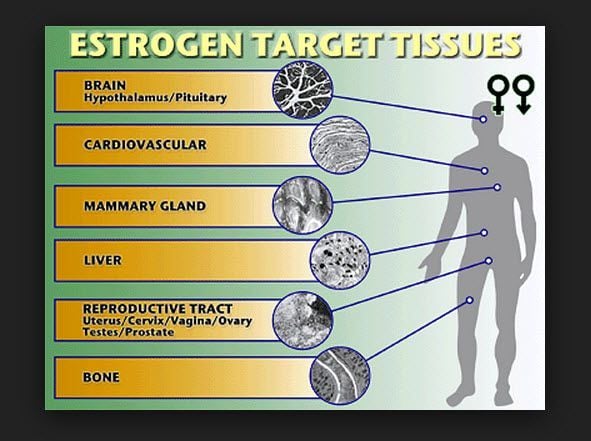I see so many threads saying "if my E2 is too high or too low I get <x> symptom" but no numbers that show what that really is. My current routine, as an example, is 140 of T per week, injected once and 1mg of AI, once a week. It puts me at 980 at the low (day before shot) for T, and E2 of around 30. My libido still sucks.
So, what is "low" vs. what is "too high?"
So, what is "low" vs. what is "too high?"






















